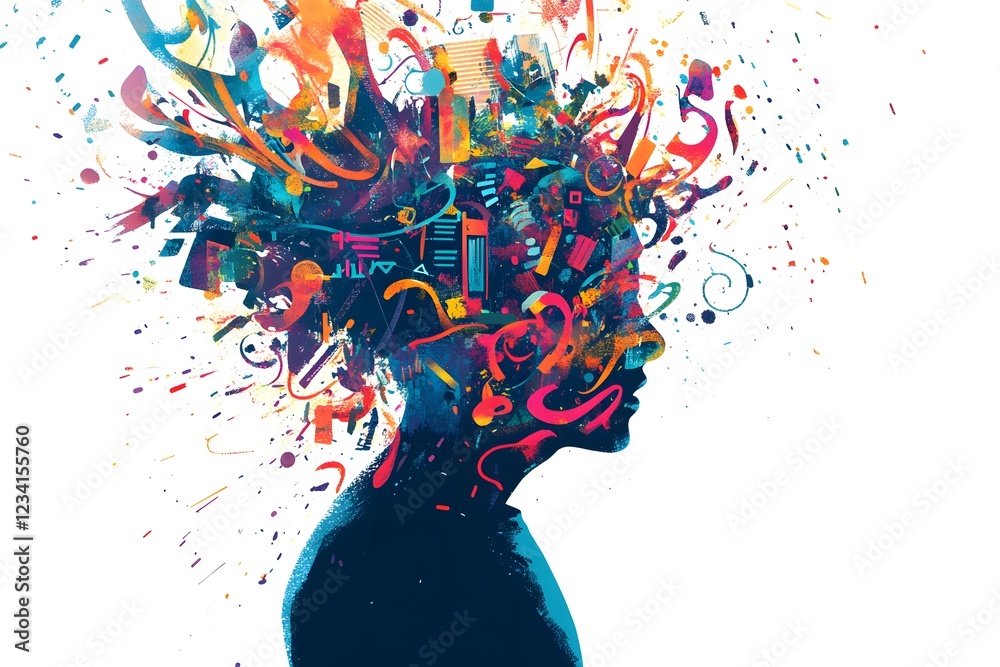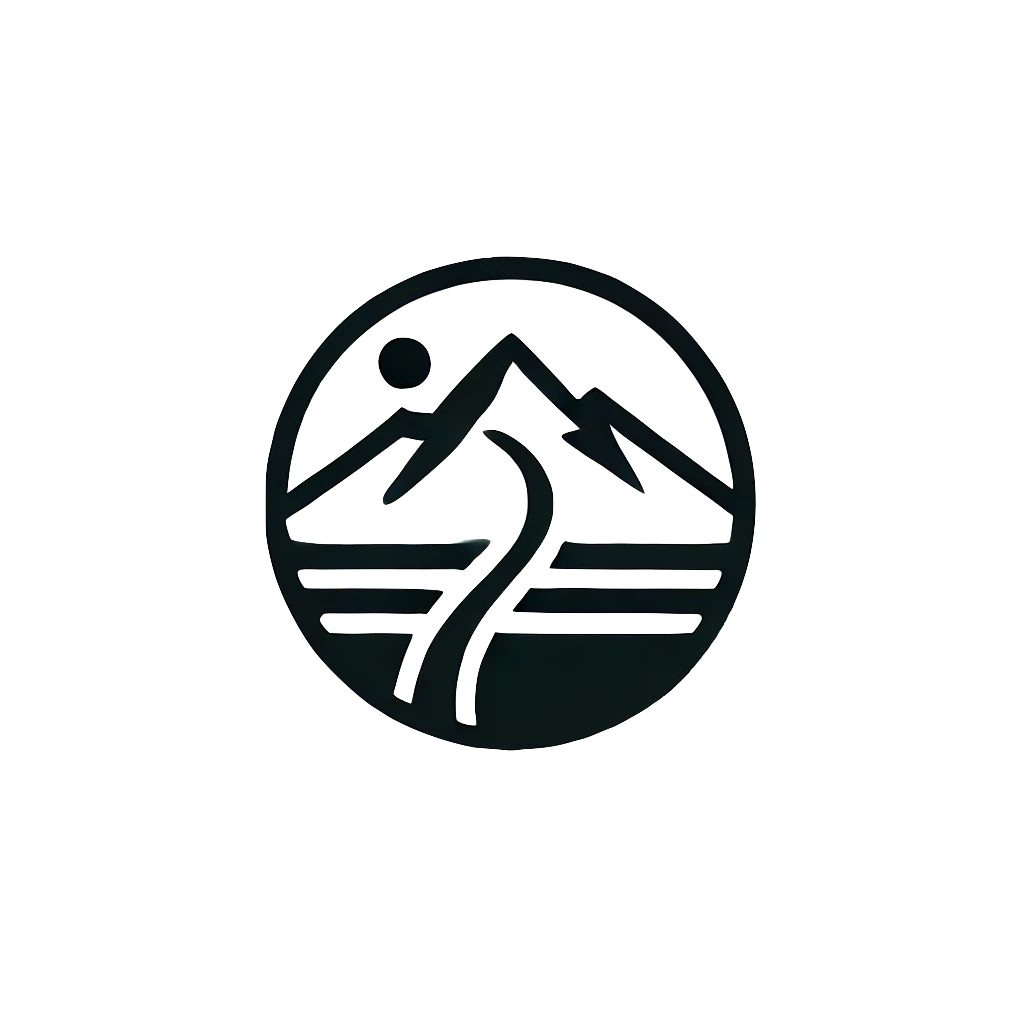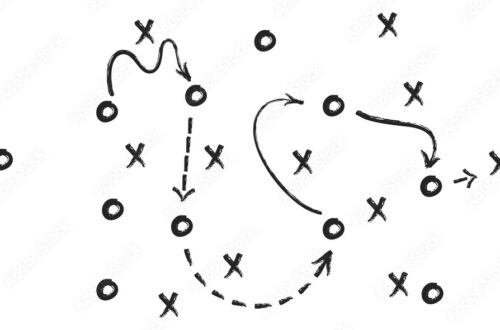
ADHD Color Matrix: A Smarter Way to Train, Recover, and Stay in the Game
Table of Contents
What Is the ADHD Color Matrix?
The ADHD Color Matrix is a four-quadrant framework that categorizes tasks based on two dimensions: emotional stimulation and enjoyment. This model helps individuals, especially those with ADHD, understand their energy patterns and manage tasks more effectively. The quadrants are:
- Red: High stimulation, low enjoyment (e.g., emergencies, deadlines)
- Yellow: Low stimulation, low enjoyment (e.g., routine chores)
- Green: High stimulation, high enjoyment (e.g., engaging workouts, creative projects)
- Blue: Low stimulation, high enjoyment (e.g., watching TV, casual browsing)
This matrix serves as a tool to balance daily activities, ensuring that one’s schedule includes tasks that energize rather than deplete.
Red: The Fire Zone
Red tasks are urgent and emotionally charged. They demand immediate attention and can be energizing in the short term but are ultimately draining. Examples include last-minute project deadlines or crisis management.
In training: Constantly pushing for personal records or overtraining without adequate rest can place workouts in the red zone, leading to burnout.
Yellow: The Kryptonite Zone
Yellow tasks are neither stimulating nor enjoyable. They often involve routine maintenance activities like doing laundry or administrative work. These tasks are essential but can be challenging to initiate and sustain.
In training: Activities like stretching, mobility work, or logging nutrition fall here. They’re crucial for progress but can be easily neglected.
Green: The Power-Up Zone
Green tasks are both stimulating and enjoyable. They provide energy and improve mood and focus. Examples include engaging workouts, creative projects, or meaningful social interactions.
In training: This is where your favorite workouts live—the ones that leave you feeling accomplished and invigorated.
Blue: The Recovery Zone
Blue tasks are enjoyable but not particularly stimulating. They offer passive relaxation, like watching TV or browsing social media. While they can help unwind, excessive time in this zone may lead to stagnation.
In training: This could be light activities or rest days that help in recovery but should be balanced to avoid complacency.
The Red-Blue Slide: A Common Pitfall
Many individuals with ADHD fall into the “Red-Blue Slide”—oscillating between high-pressure tasks (red) and passive recovery (blue), neglecting the green and yellow zones. This cycle can lead to burnout and decreased productivity.
Hacking the Matrix: Strategies for Balance
- Start with Green: Begin your day with activities that energize you. This sets a positive tone and builds momentum.
- Schedule Yellow Tasks Post-Green: Use the energy from green tasks to tackle less stimulating but necessary activities.
- Manage Red Tasks: Limit time in the red zone to prevent exhaustion. Address these tasks strategically.
- Use Blue Wisely: Allocate time for passive relaxation but avoid overindulgence that can derail progress.
Applying the Matrix to Training
- Green: Engaging workouts that you look forward to.
- Yellow: Essential but mundane tasks like meal prep or stretching.
- Red: Overtraining or pushing through injury.
- Blue: Rest days or light activities for recovery.
Balancing these elements ensures sustainable progress and prevents burnout.
Final Thoughts
Understanding and applying the ADHD Color Matrix can transform how you approach your daily routines and training. By consciously balancing tasks across all four quadrants, you can enhance productivity, maintain energy levels, and achieve your fitness goals more effectively.
Pro Tip: Start your day with a green activity to build momentum and set a positive tone.
References:
- Caldwell, M. (n.d.). How to find balance with an ADHD brain. ADDept.org. https://www.addept.org/living-with-adult-add-adhd/how-to-find-balance-with-an-adhd-brain
- Hallowell, E. M., & Ratey, J. J. (2021). ADHD 2.0: New Science and Essential Strategies for Thriving with Distraction—from Childhood through Adulthood.
- Effective U. (n.d.). ADHD Deep Dive. University of Minnesota. https://effectiveu.umn.edu/academic-skills/adhd-academic-success/adhd-deep-diveeffectiveu.umn.edu




